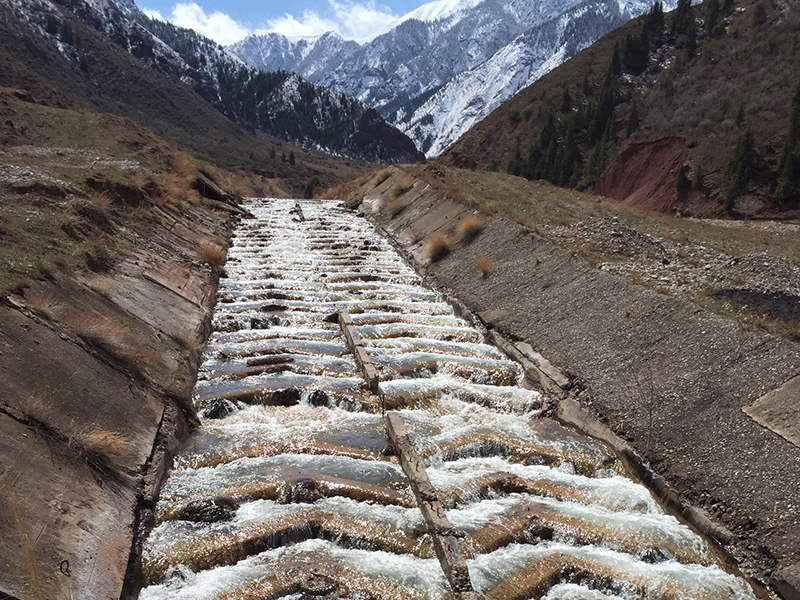Addressing the legacy of uranium mining in Central Asia
The EBRD’s latest nuclear safety fund made significant progress in 2016. Framework agreements were signed with the Kyrgyz Republic, Tajikistan and Uzbekistan that will provide the legal basis for the implementation of projects addressing the legacy of Soviet-era uranium mining and processing in these countries.
The fund, known as the Environmental Remediation Account for Central Asia, was established at the EBRD in 2015 at the request of the EU. It aims to finance the rehabilitation of high-priority sites in Central Asian countries. The EU has made funds available for some initial remedial projects.
Central Asia served as an important source of uranium in the former Soviet Union. This led to a large amount of radioactive contaminated material from the mining industry being disposed of in waste dumps and tailing sites. Most mines were closed by 1995 but very little remediation was carried out.
The accumulation of radioactive contaminated material in the region is a threat to the environment and to the health of the local population. Many of the uranium sites are concentrated along tributaries to the Syr Darya River, which runs through the densely populated Fergana Valley, which is shared by the Kyrgyz Republic, Tajikistan and Uzbekistan.


